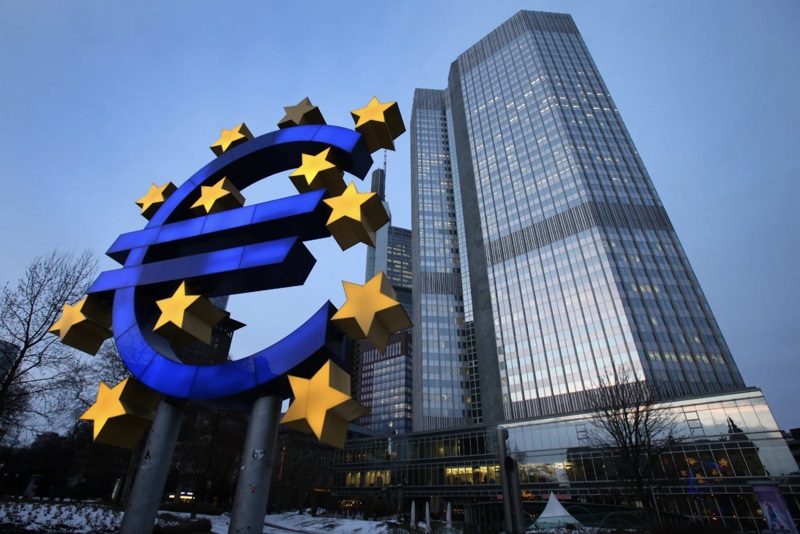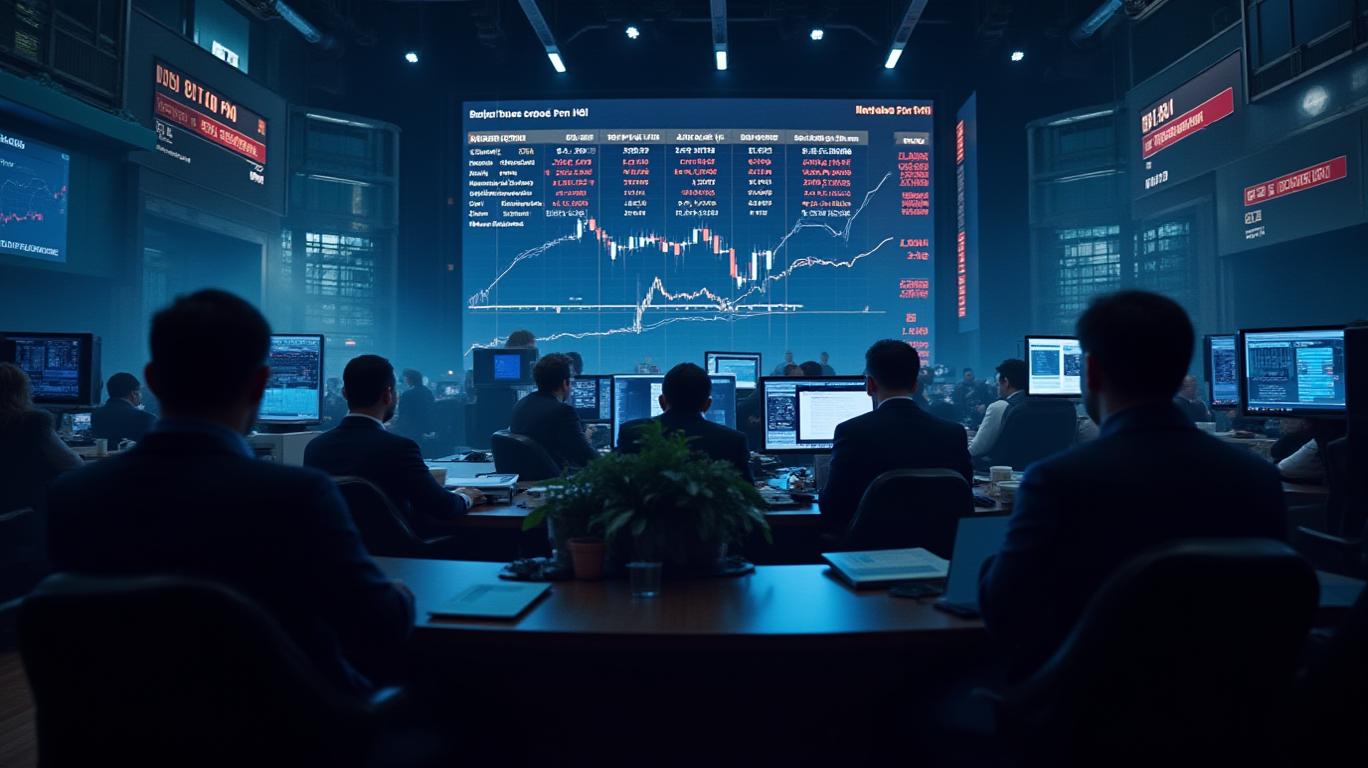Tariffs Trigger Turbulence: Navigating the Q1 GDP Shock and Its Investment Implications
The U.S. economy stumbled into a contraction in the first quarter of 2025, with GDP falling at a -0.3% annualized rate—the first negative reading since early 2022. The culprit? A historic surge in imports, driven by businesses and consumers rushing to stockpile goods ahead of President Trump’s sweeping tariff policies. While this decline may not signal a full-blown recession, it underscores a volatile economic landscape where trade policies are reshaping growth dynamics and investor strategies. Let’s dissect the numbers and their implications.
Ask Aime: "U.S. Economy Contracts; What's Next for Investors?"
Breaking Down the Numbers: A Tariff-Driven Quirk
The GDP report revealed a stark imbalance. Imports jumped by 41.3% in Q1, with goods alone surging 50.9%, subtracting over 5 percentage points from GDP. This wasn’t a collapse in economic activity but a statistical artifact of businesses front-loading purchases to avoid tariffs set to hit in April. Meanwhile, private domestic investment soared 21.9% as companies stockpiled inventory and equipment.
Ask Aime: Impact of Tariff Surge on Q1 GDP?
Consumer spending, however, slowed to 1.8% growth, down from 4.0% in Q4 2024, reflecting cautious spending amid inflation fears. Government spending also tanked 5.1% under the “Department of Government Efficiency” cuts, highlighting the administration’s focus on austerity.

The Fed’s Dilemma: Inflation vs. Growth
The Federal Reserve now faces a quandary. While the Q1 contraction may not reflect true economic health—the import surge was a one-time drag—tariffs risk igniting inflation. Chair Jerome Powell warned that tariff impacts are “significantly larger than anticipated,” with the 10% blanket tax on imports and up to 145% tariffs on Chinese goods likely to squeeze profit margins and consumer wallets.
Investors should monitor CPI data closely. Even a modest 0.5% monthly rise in inflation could force the Fed to hike rates further, squeezing equity valuations and corporate earnings.
Job Market Resilience Masks Fragility
Despite the GDP contraction, the labor market remains a bright spot—4.2% unemployment and steady job gains. However, April’s weak ADP report (just 62,000 jobs added) signals softening momentum. The disconnect between “hard” job data and “soft” metrics like consumer sentiment highlights the economy’s fragility. A recession isn’t official yet, but the National Bureau of Economic Research’s strict criteria—broad declines over months—means the next quarter’s GDP print (due in July) will be critical.
Investment Implications: Navigating the Tariff Storm
- Avoid Import-Dependent Sectors: Retailers and manufacturers reliant on cheap imports (e.g., walmart, Target) face margin pressure as tariffs raise input costs.
- Embrace Domestic Supply Chains: Companies with U.S.-based production (e.g., Ford, Boeing) or those pivoting to local suppliers may outperform.
- Inflation Hedges: Energy (XOM), real estate (REITs), and commodities (gold, copper) could thrive if tariffs spark price spikes.
- Tech and Semi-Cons: The semiconductor sector (NVIDIA, AMD) might struggle if global supply chains fracture further, while companies with pricing power (Microsoft, Apple) could weather inflation better.
Conclusion: A Policy-Driven Economy Calls for Prudence
The Q1 contraction is less a sign of recession than a cautionary tale of trade policy’s ripple effects. With 2025 GDP now forecasted at 1.9%, down from 2024’s 2.8%, investors must prioritize sectors insulated from tariff volatility and inflation. The Fed’s path is uncertain, but a second quarter of contraction (which would technically define a recession) could force policymakers to backtrack on tariffs—a move that might stabilize GDP but risk political backlash.
For now, portfolios should lean toward quality, dividend-paying stocks (e.g., Procter & Gamble, Coca-Cola) and defensive sectors. Avoid overexposure to import-heavy industries, and stay vigilant on inflation data. The economy isn’t collapsing yet—but the road ahead is bumpy.










